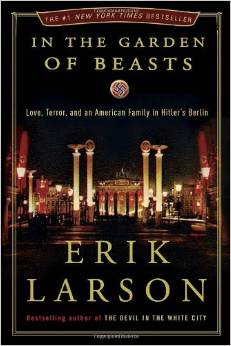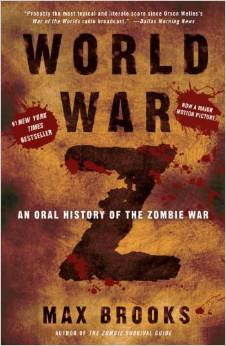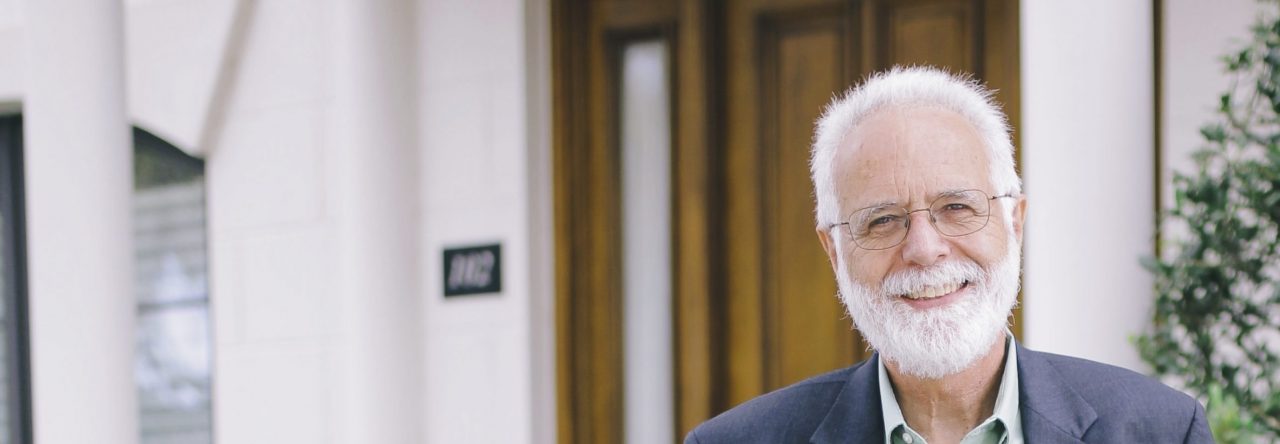In the Garden of Beasts is Erik Larson’s offering opening a window on the troubling world that was Berlin prior to WWII. Subtitled “Love, Terror, and an American Family in Hitler’s Berlin”, the book follows the experience of the United States’ first ambassador to Hitler’s Germany, William Dodd, his wife Mattie, and their adult children Martha and Bill, Jr. Their life in Berlin paralleled Hitler’s ascension to the chancellory and eventual assumption of complete power. The more power that Hitler assumed, the greater the culture of fear and suspicion and intrigue spread.

The realities detailed are not altogether surprising. Larson in all his books finds an intriguing tale to tell (The Devil in the White City remains my favorite), and the tale he tells inevitably involves some unspeakable evil. While in his previous books that evil was hidden and surprising, in this one though the evil was visible to all, few took note of it.
One would expect that nothing evil would trouble an author who writes so frequently about it. (The Devil in the White City is subtitled “Murder, Magic, and Madness at the Fair that Changed America”!) But this story effected him differently.
What I did not realize as I ventured into those dark days of Hitler’s rule was how much the darkness would infiltrate my own soul…. [L]iving among Nazis day in, day out proved for me a uniquely trying experience.
I can still not fathom how evil of this depth can gain such broad acquiescence. I like to believe that it could not happen again. But just over a week ago (on April 19) Matthew Kaminski, a journalist on the editorial board of the Wall Street Journal, tweeted
What’s Moscow like these days? Longtime diplomat suggests reading “In the Garden of Beasts,” Erik Larson’s account of Berlin in late ’30s. (@KaminskiMK)
One can hope the unnamed diplomat is wrong.
—–
If I wanted to follow this book up with something less troubling, I probably should not have turned to this one: World War Z: An Oral History of the Zombie War by Max Brooks. But I did.

